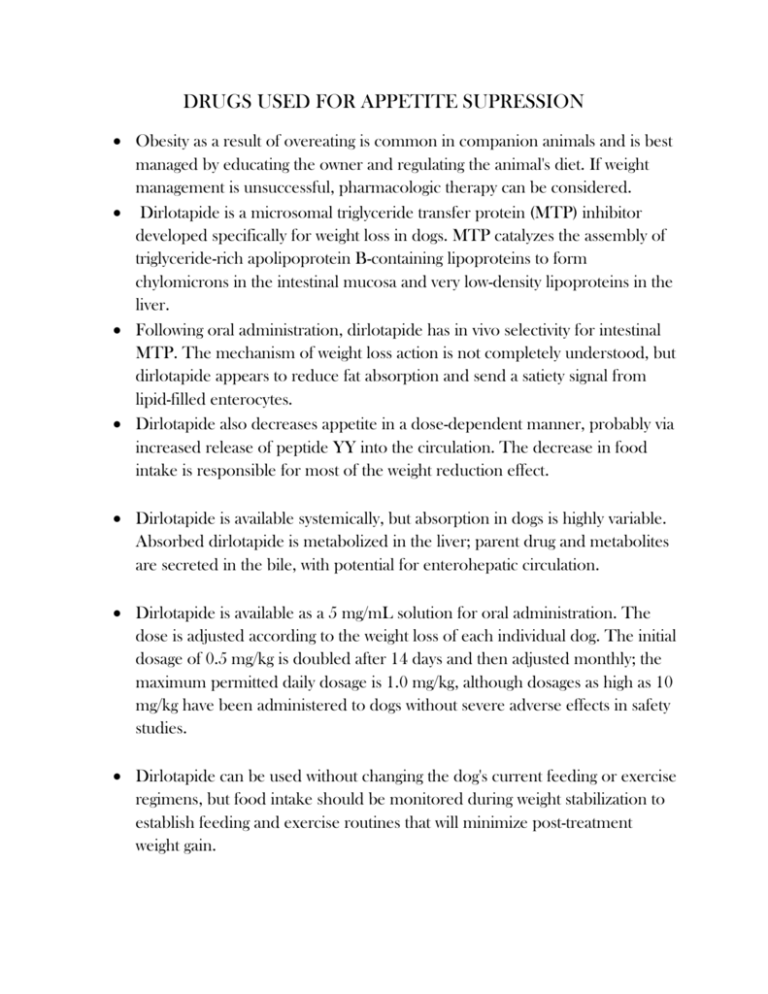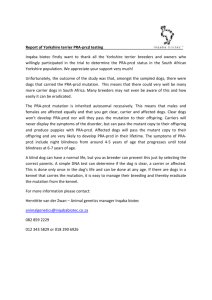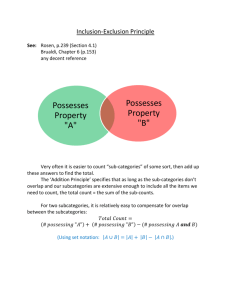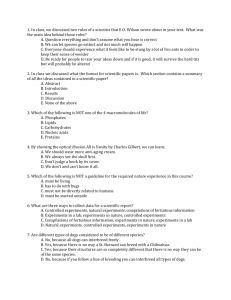DRUGS USED FOR APPETITE SUPRESSION
advertisement

DRUGS USED FOR APPETITE SUPRESSION Obesity as a result of overeating is common in companion animals and is best managed by educating the owner and regulating the animal's diet. If weight management is unsuccessful, pharmacologic therapy can be considered. Dirlotapide is a microsomal triglyceride transfer protein (MTP) inhibitor developed specifically for weight loss in dogs. MTP catalyzes the assembly of triglyceride-rich apolipoprotein B-containing lipoproteins to form chylomicrons in the intestinal mucosa and very low-density lipoproteins in the liver. Following oral administration, dirlotapide has in vivo selectivity for intestinal MTP. The mechanism of weight loss action is not completely understood, but dirlotapide appears to reduce fat absorption and send a satiety signal from lipid-filled enterocytes. Dirlotapide also decreases appetite in a dose-dependent manner, probably via increased release of peptide YY into the circulation. The decrease in food intake is responsible for most of the weight reduction effect. Dirlotapide is available systemically, but absorption in dogs is highly variable. Absorbed dirlotapide is metabolized in the liver; parent drug and metabolites are secreted in the bile, with potential for enterohepatic circulation. Dirlotapide is available as a 5 mg/mL solution for oral administration. The dose is adjusted according to the weight loss of each individual dog. The initial dosage of 0.5 mg/kg is doubled after 14 days and then adjusted monthly; the maximum permitted daily dosage is 1.0 mg/kg, although dosages as high as 10 mg/kg have been administered to dogs without severe adverse effects in safety studies. Dirlotapide can be used without changing the dog's current feeding or exercise regimens, but food intake should be monitored during weight stabilization to establish feeding and exercise routines that will minimize post-treatment weight gain. Anorexia, emesis, and loose stools occur in some dogs. The incidence of emesis generally increases with dose and decreases with treatment time. Elevations in hepatic trans-aminase activity were seen in dogs treated with >1.5 mg/kg/day, but were not associated with clinical signs or histopathologic evidence of hepatic degeneration or necrosis. Dirlotapide should not be used in cats. It increases the risk of hepatic lipidosis during weight loss in obese cats. Dirlotapide is not recommended for use in dogs currently receiving longterm glucocorticoid therapy or dogs with liver disease.











